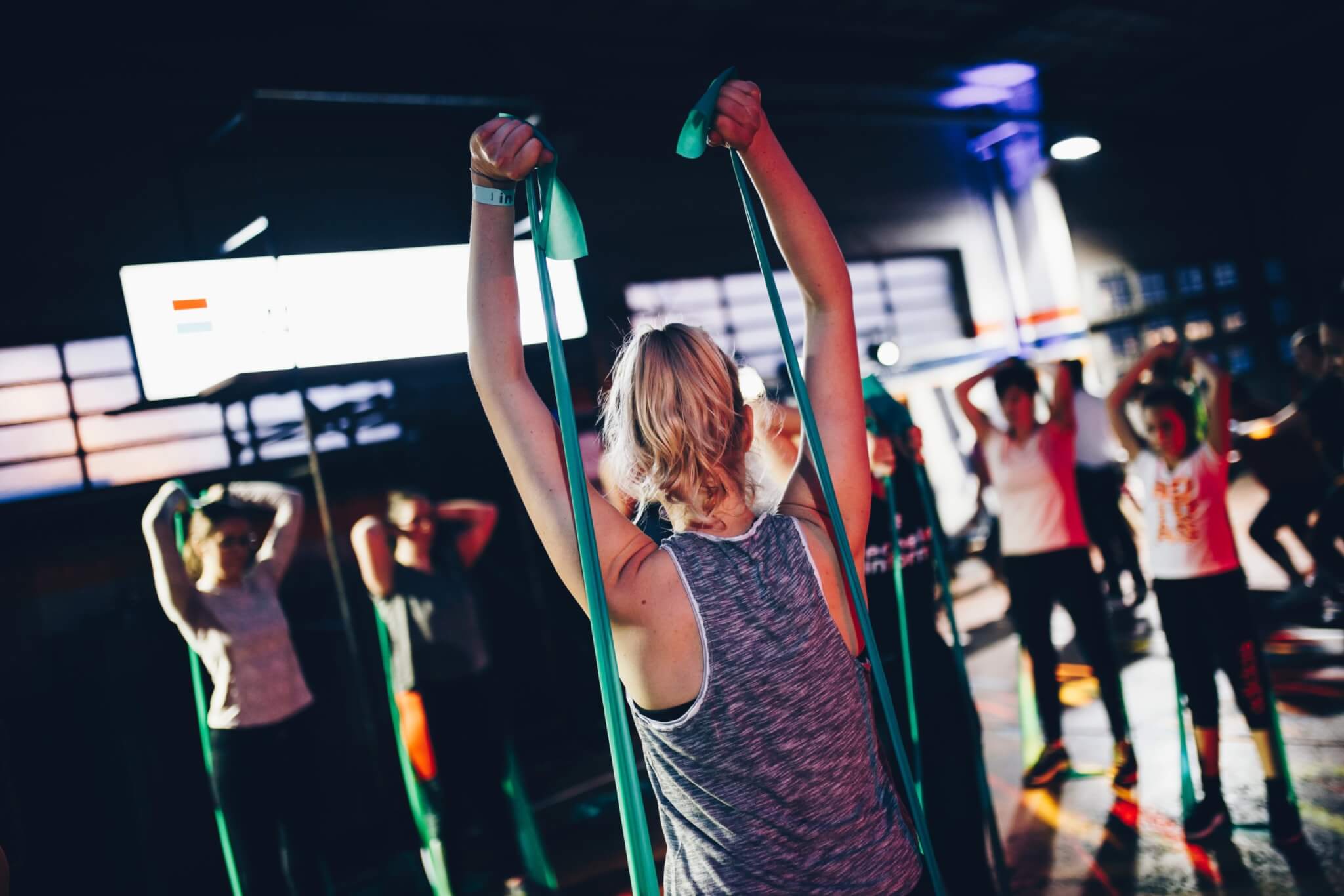SÃO PAULO, Brazil — When it comes to strength training, is it better to start with a lower load and do more repetitions or should you start with a high load with fewer reps? It turns out, it doesn’t make a difference which way you go. New research from Brazil reveals that both routines lead to the same amount of muscle growth.
“Resistance training is known to promote muscle growth, but it’s still not completely clear whether the key to muscle hypertrophy is the load or the number of repetitions. Our study supports the theory that both types have the same effect. We also showed that muscle activation occurs in a different manner in each type, although metabolic stress is the same and the effect on hypertrophy is therefore also the same,” says Renato Barroso, a professor at State University of Campinas School of Physical Education in Brazil.
In an eight-week study, 18 volunteers participated in one of two resistance training regimens. The first group focused on high-load exercises with fewer repetitions. This involved lifting up to 80 percent of their own weight. The second group did low-load exercises with more reps. Thirty percent of their body was the highest amount they were allowed to lift, but they repeated the exercises until their muscles could no longer continue. Researchers measured muscle mass during the first and last exercise sessions.
They also collected blood samples before the exercises began, five minutes after they ended, and an hour later. The scientists looked for any metabolites in the blood samples that would indicate muscle growth. Additionally, they measured how much each person’s muscles were activated with surface electromyography. The electrodes monitored electrical activity of muscles as they worked out.
Both groups did not show any difference in muscle growth or metabolic stress.
“The metabolic stress response was expected to be stronger in the [low-load] group because in theory this extra stress should offset the lower level of muscle activation, but that wasn’t what we observed,” Barroso says in a media release.
Additionally, the researchers found muscle activation was higher in the group lifting heavier weights, but the metabolic stress was similar across both groups.
“The similarity of the metabolic responses suggests that both types of training may act on the same pathways to induce hypertrophy.”

Photo by Geert Pieters on Unsplash
There were variations in 50 metabolites found in the blood samples during exercise. However, few of the metabolites differed between both groups. The team also found some metabolites associated with muscle hypertrophy (growth) in both groups. Some correlations likely came from muscles fibers activated by both training protocols and the metabolic demands each exercise required.
“Some of the metabolites studied come from anaerobic energy systems and are produced by glycolysis [glucose breakdown] in the muscles or the breakdown of creatine and phosphocreatine, which supplies sufficient energy to maintain exercise intensity for a few seconds. Asparagine and acetoacetate are associated mainly with the Krebs cycle, which uses oxygen and nutrients such as fat, protein and carbohydrate to produce energy for the muscles and lasts a great deal longer,” Barroso says.
The researchers expected two metabolites, creatine and phosphocreatine, to rise because of anaerobic exercises. The metabolic activity relates to activity in type 2 muscle fibers, also known as fast twitch fibers. Asparagine, on the other hand, could only be found when the Krebs cycle — a biochemical sequence where cells convert oxygen to energy — is active.
The high-load in the first training group mainly activated their type 2 muscle fibers. Barroso explains that this is because the muscle fibers have “low oxidative activity but high glycolytic activity and may be more responsive to hypertrophy than type 1 fibers. On the other hand, [low-load] training, which has more repetitions, more preferentially activates type 1 fibers, which have low glycolytic capacity and high oxidative capacity, and are highly fatigue-resistant.”
The study is published in the journal Metabolites.
You might also be interested in:
- Best Core Exercises: Top 5 Moves To Build Your Abs, According To Experts
- Best Muscle-Building Supplements For 2023: Top 5 Aids Most Recommended By Fitness Pros
- Resistance training triggers a unique process that helps you burn fat

